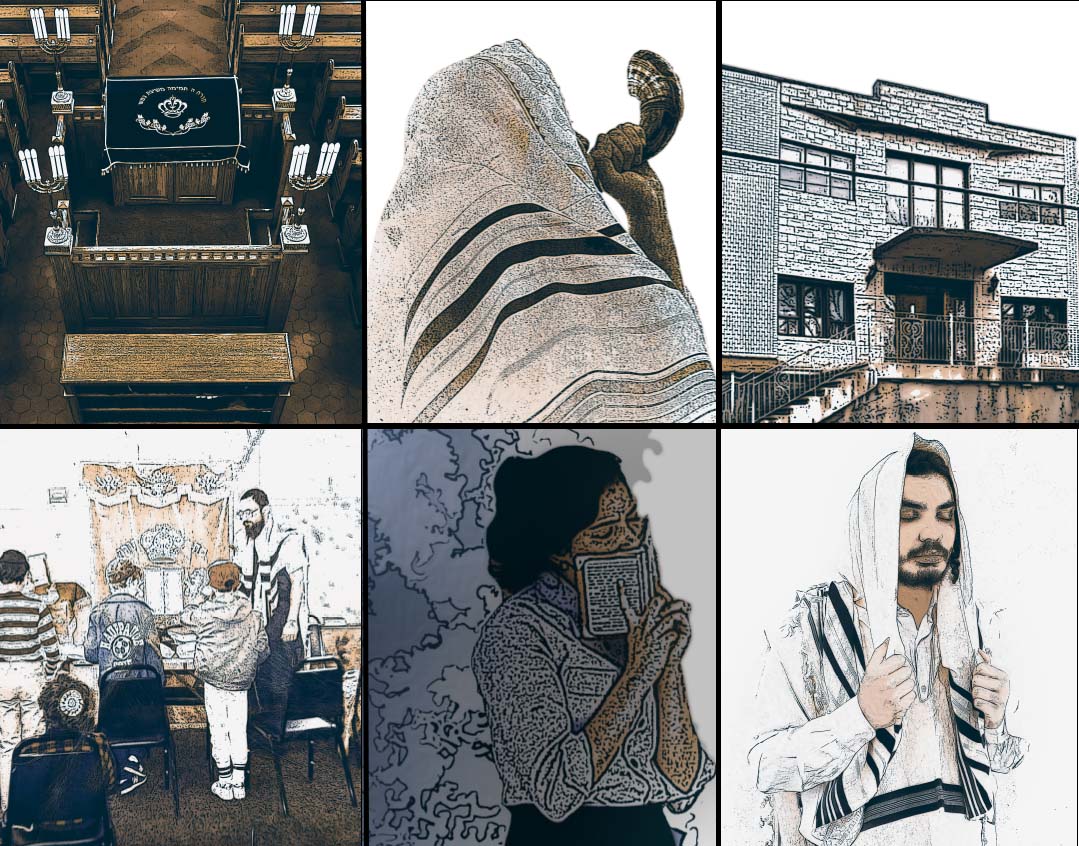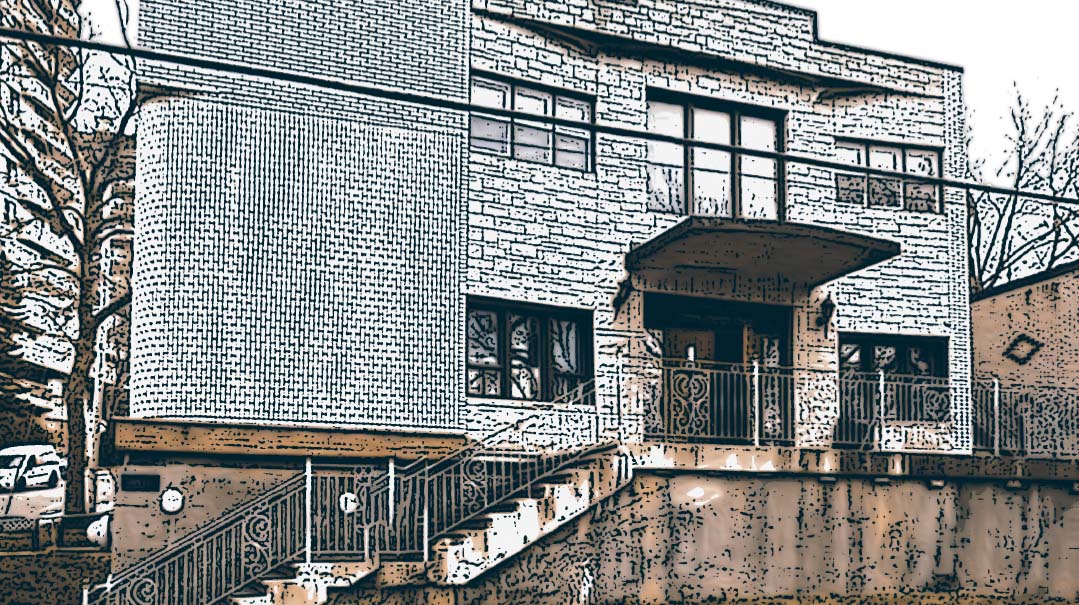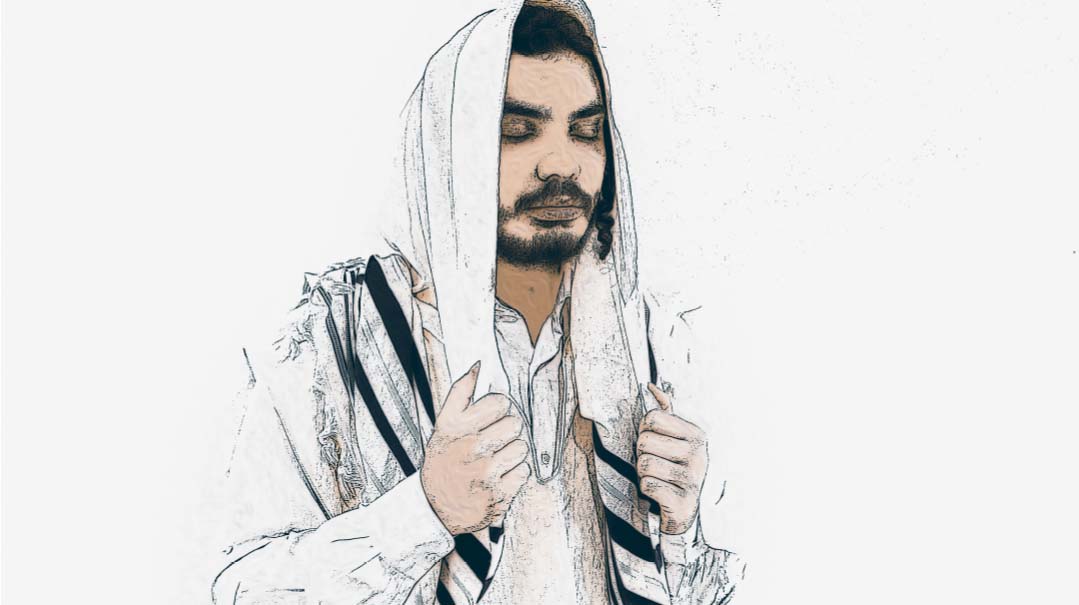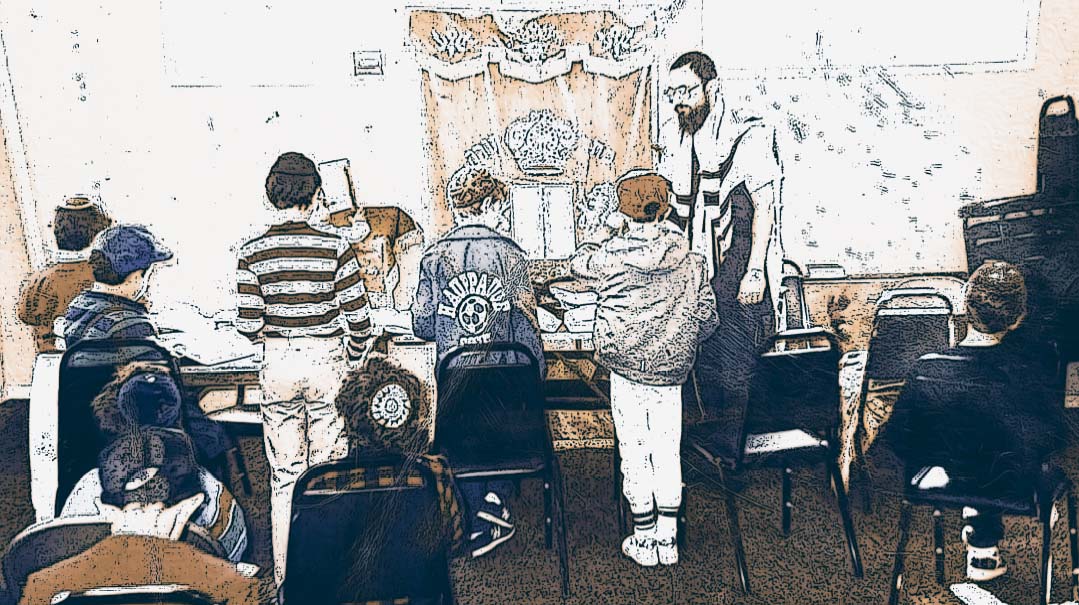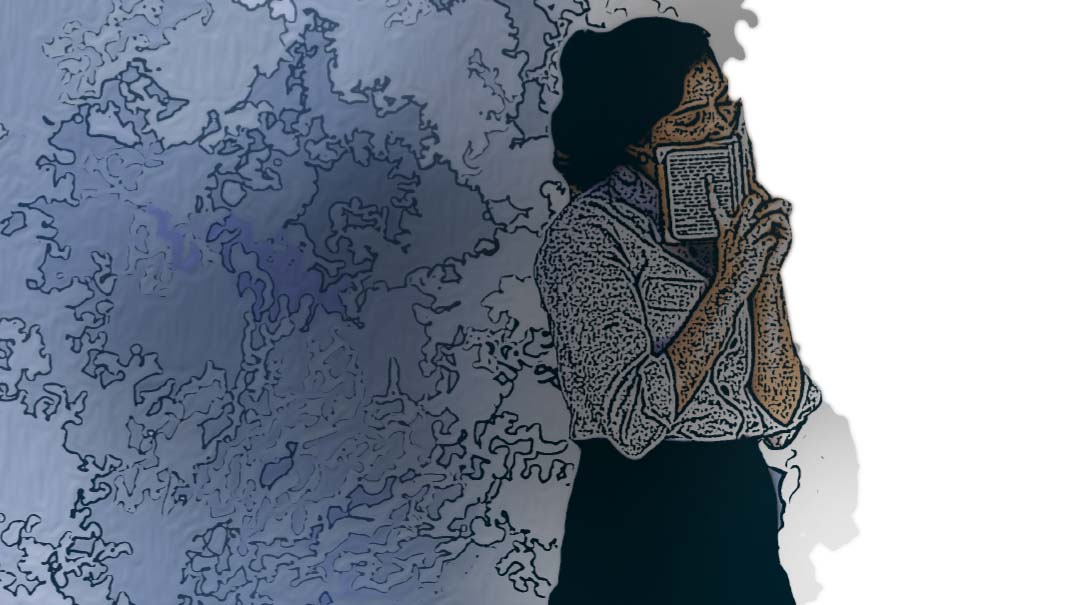Singing the Anthem

Avinu Malkeinu swelling from hundreds of scarcely observant Jews remains my defining Rosh Hashanah–Yom Kippur experience

Whitefield Hebrew Congregation
Manchester, United Kingdom
Gedalia Guttentag
Gateshead’s nusach, Mir’s intensity, Yigal Calek tunes — the fiber of my Yamim Noraim is woven from many different influences. But to this day, it’s not the thunder of a yeshivah or a great baal tefillah that evokes the most visceral connection to the awe of these days.
Instead, the memory of Avinu Malkeinu swelling from hundreds of scarcely observant Jews remains my defining Rosh Hashanah–Yom Kippur experience.
As son of the rabbi, I called my childhood shul in Whitefield, Manchester, home. It was where I read Olomeinu during Kabbalas Shabbos and played cricket in the simchah hall. Shul meant being on first-name terms with Frank and Jack, the caretakers, mixing up the Kohanim’s shoes on Yom Tov, and parading around in the top hats left over from a more formal era.
Like every home, it had more and less frequent guests. To the regulars, we children related as quasi-family. I had Uncles Graham, Robert, Julian, and Michael plus Aunties Rowena, Glenda, Pam, and Barbara. Naturally, the chazzan, Mendel Feingold, was simply “Uncle Mendel” to me. Legend had it that he was hired one day after singing under the floorboards of one of the shul’s machers, where he was plying his early trade as a plumber.
Against a background of blue upholstered pews, under a massive crystal chandelier, and arrayed in cantorial garb of gown, hat, and white ruff, Uncle Mendel looked majestic. With a voice like liquid gold — warm and clear — the effect of his notes ringing off the vaulted roof and mingling with the light that streamed through the stained-glass windows was magical. When Uncle Mendel retired to the Mediterranean’s azure shores in Netanya, Chazzan Yossi Muller’s sweetness and power, against the background of a choir, was the next layer in my shul memory.
Then there was Sonny, the man who sat behind me on Friday night, ramrod-straight like an old soldier. He would hold the siddur stiff-armed, and every week, at the end of Mizmor Shir, his voice lingered after everyone else’s, in a drawn out “L’orech yameeeem” that echoed faintly round the large shul.
There were the Holocaust survivors, who often sat next to each other: Jack and Pinky, Meyer and Sam — all with a rich Yiddish and the short stature that came from formative years spent in the concentration camps.
But many of the congregants were less regular. For them, “shool” (in a Mancunian accent) meant only Rosh Hashanah and Yom Kippur, classic three-times-a-year Jews. To the older generation, core elements of their identity were the Holocaust, Israel, and Manchester United, a local football team.
Many of them had grown up in hardscrabble Cheetham Hill, the old Jewish neighborhood near the city center. But as they made money in the city’s then-booming textile trade — “shmattehs” as the business was called — they moved out to the suburbs, where they lived very nicely.
These, then, were proud Jews, but for most, education for their children meant Manchester Grammar School, a prestigious 500-year-old institution that is a ladder to success in that part of the world. Jewish education was a stint in the Sunday-morning shul cheder — and a hope that this would insulate children from marrying out.
Otherwise unconnected to their Orthodox shul unless they had to say Kaddish, these people would stream in for bar and bat mitzvahs and the so-called “off-ruf.” The men would put on their small tallis and pat their heads occasionally to check that their kippah was still there, and the women would find their seats while carefully maneuvering their feathered hats.
And so, come Rosh Hashanah and Yom Kippur, the shul would fill up with hundreds of people (“punters” in the members’ lexicon). So many would arrive that the main shul wasn’t big enough, and a bursting overflow minyan was held in the upstairs hall.
The latter was where I spent the duration of the Yamim Noraim, since the main shul was transformed, full of people I didn’t recognize. The only reason to venture downstairs was to be with my father, who alternated between these two giant minyanim, performing a marathon of davening, leining, shofar blowing, and a tour de force of public speaking.
The regulars were here early in the day, many able to lead Pesukei D’zimra in the sing-song tune of Yamim Noraim. As Shacharis progressed, the reserve arrived: great streams of people for whom the High Holidays were truly the salient point of their Jewish year.
Clutching what some called a “mah-zor” (they had never learned to pronounce the ches), they would greet the experience with feeling, like someone reunited with an old friend.
Yes, there was talking — how could there not be when so much of the “service” was foreign territory? Likewise, the regular cries of “doctor!” that issued from the towering ladies’ gallery, where women fainted regularly due to overcrowding, prompted an over-enthusiastic response. The number of Jewish doctors who responded to the distress signal by running up the emergency stairs during Mussaf was in excess of strict medical need.
And yet, for all of the hustle-bustle, there was a seriousness, an awareness that this was the beating heart of Jewish life.
V’chol Maaminim was sung with gusto; Unesaneh Tokef was greeted with solemnity; the end of each paragraph in Mussaf occasioned a “Lay, la-lay” that acted as a preface to the next.
And then, at the end of the long tefillah, came the highlight for me. The massed ranks of members — from regulars to reservists — stood as the chazzan made his way through the long list of Avinu Malkeinus.
There was an expectant pause, like a crowd waiting for the starting gun at the 100-meter race. Then suddenly came a wall of sound, as hundreds of people erupted in song: “Avinu Malkeinu, Avinu Malkeinu…” they sang, in the classic tune.
It was like a dam had burst. Holding their machzorim, clutching their scarf talleisim, these sincere Jews — many removed from day-to-day Jewish practice — would sing wholeheartedly of Hashem as their Father and King.
As they asked for “tzedakah” and “chesed,” the sincerity was palpable; as my mother would say, it was like watching patriots sing the national anthem.
That’s why, years later, that tefillah is baked into the DNA of my Yamim Noraim. In the combination of distance and yearning, it was the perfect expression of that generation.
Times have changed in communities like the one I was raised in. Some of the latter generations are more knowledgeable; many more have drifted further than their parents.
But that Avinu Malkeinu echoes in my mind as testimony that however far Jews look like they’ve gone, a yearning for connection waits to be sparked.
Gedalia Guttentag is the news and features editor at this magazine. For over three decades, his father Rabbi Jonathan Guttentag was rav of Whitefield Hebrew Congregation in Manchester, UK, where he turned a major Orthodox community into a test-bed for innovative community education.
(Originally featured in Mishpacha, Issue 876)
Oops! We could not locate your form.


